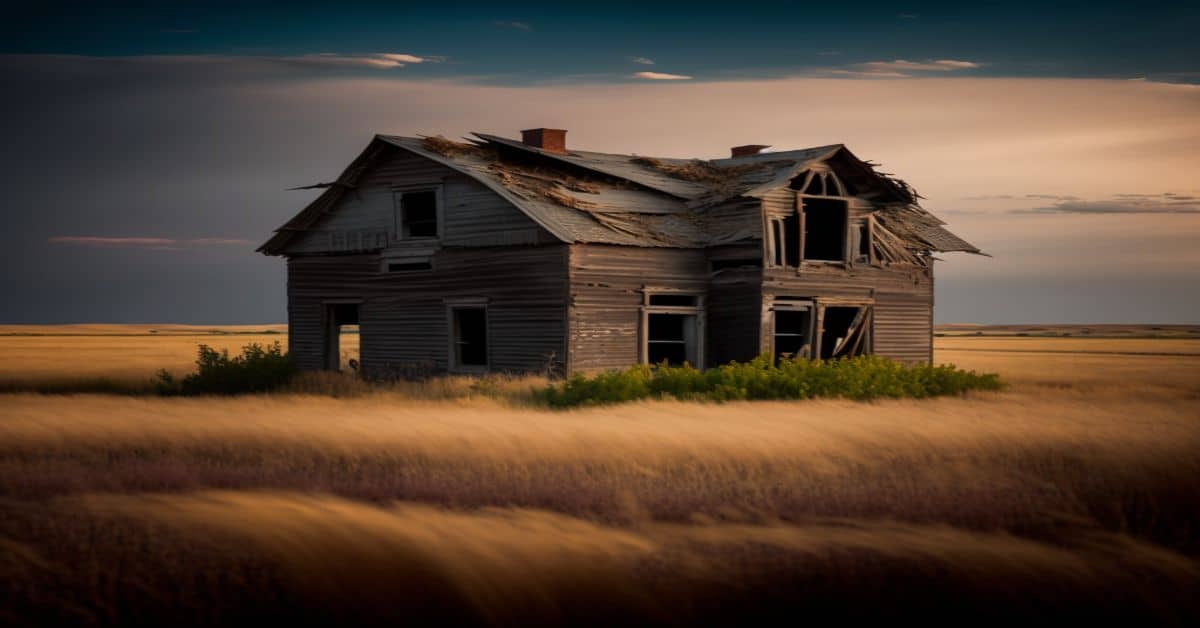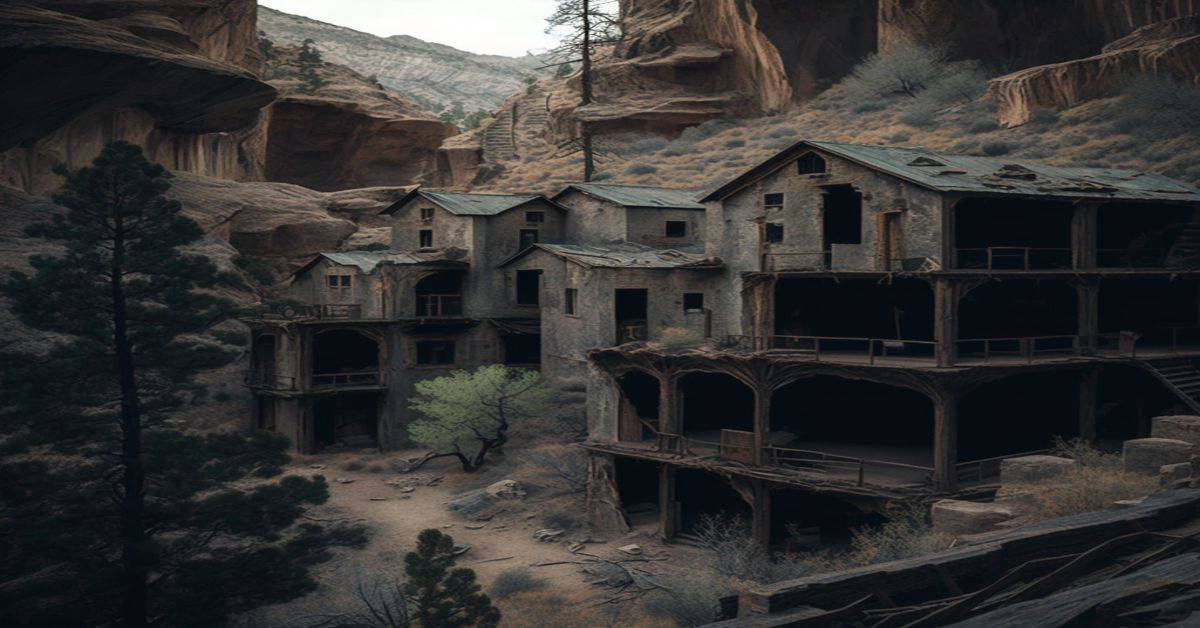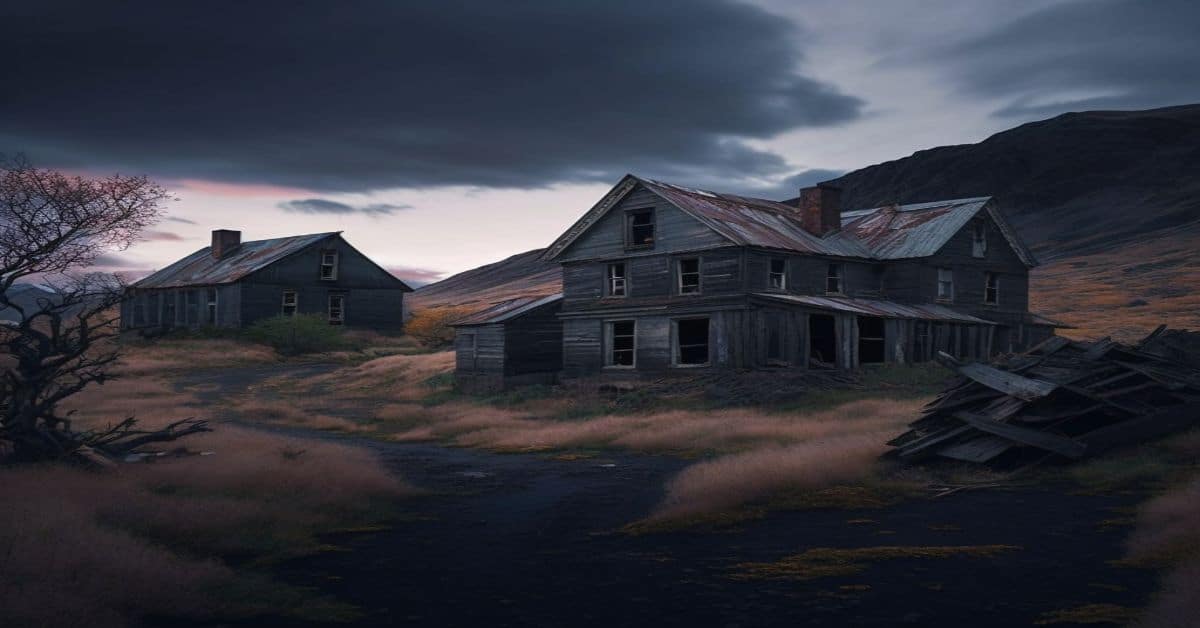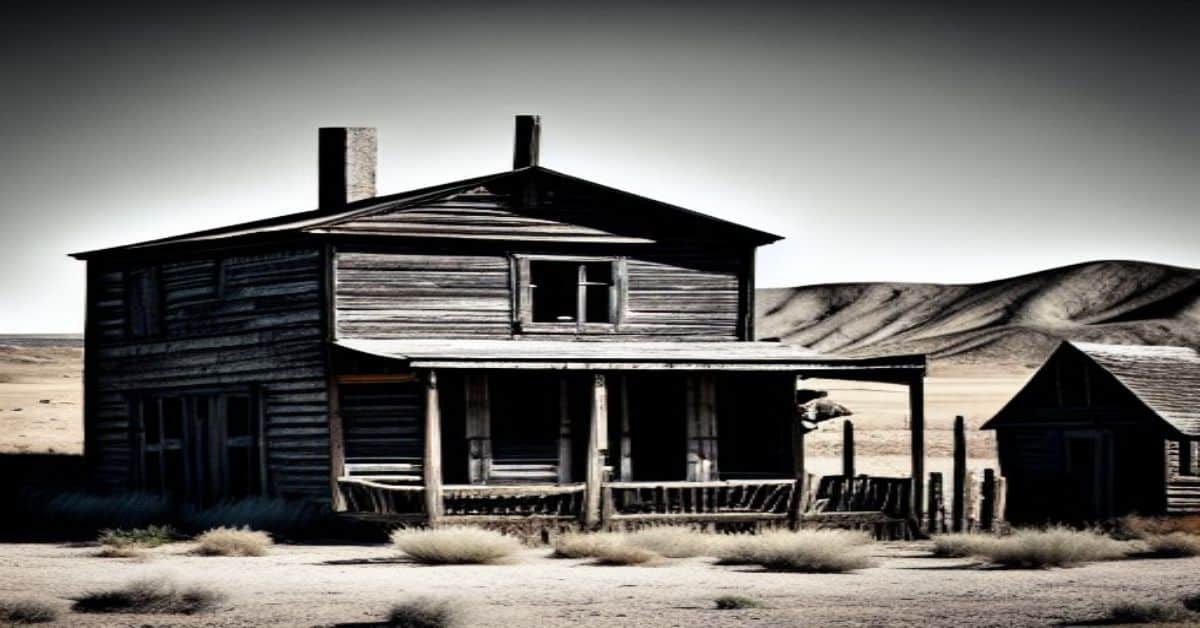Sego Ghost Town Grand County Utah: A Fascinating Trip Through History
Sego Ghost Town, located in Grand County, Utah, is a fascinating destination for history buffs, adventure-seekers, and families alike. Tucked away in the Book Cliffs, just north of Interstate 70, Sego offers a glimpse into the past and the once-thriving coal mining community that existed from 1910 to 1955.
In this article, we will explore the origins of Sego Ghost Town, its rise and fall, and the remnants that still stand today, serving as a testament to the perseverance and determination of its inhabitants.
The Discovery of Coal and the Birth of Sego Ghost Town
The story of Sego Ghost Town begins with the discovery of coal in the early 1890s by an English farmer and rancher named Harry Ballard.
Upon finding a large vein of high-quality coal, he quietly bought up the surrounding land and began a small-scale mining operation. In 1911, Harry Ballard sold his coal mine to a group of Salt Lake City investors who saw the potential for further development.
They formed the American Fuel Company, selling stock valued at $1 million, and began expanding the mining operations.
The Establishment of Neslen and the Ballard & Thompson Railroad
The town that sprang up around the mine was initially called Ballard, but was later renamed Neslen after the American Fuel Company general manager, Richard Neslen.
1912 the company built the Ballard & Thompson Railroad, a 5-mile spur line connecting Neslen to the Denver and Rio Grande Western Railroad in Thompson Springs. This new connection greatly improved transportation and allowed for increased coal production.
The Growth and Challenges of Sego Ghost Town Grand County Utah
Sego Ghost Town experienced significant growth during its heyday, with a population reaching as high as 500. The town boasted a company store, a boarding house, and numerous homes and buildings, many of which were built by the miners.
However, Sego was plagued by several challenges throughout its existence. One of the most significant issues was the diminishing water supply caused by the dropping water table and the numerous creek crossings by the railroad.
This led to periodic water shortages and operational difficulties, such as the inability to run the coal washer during periods of low water flow.
Labor Struggles and Financial Difficulties
Another challenge faced by Sego Ghost Town was the financial struggles experienced by the mining company. Low profits and high operational costs led to irregular pay for the miners, who were often paid in scrip that could only be used at the company store.
This, in turn, led to labor unrest and strikes, with miners eventually joining the United Mine Workers Union in 1933 to secure more regular pay.
The Decline of Sego Ghost Town Grand County, Utah
Despite the challenges faced by the town, coal production continued to thrive until the late 1940s. However, production costs eventually exceeded income, and the company closed the mine. The remaining miners, reduced to just 27, pooled their resources and bought out the Chesterfield Coal Company, renaming it the Utah Grand Coal Company.
Unfortunately, a series of fires in the late 1940s and early 1950s, along with the conversion of the railroad to diesel locomotives, led to a decline in demand for coal. The Utah Grand Coal Company sold its holdings in 1955, and many of the buildings in Sego were moved to nearby towns, leaving the once-bustling community a ghost town.
Visiting Sego Ghost Town Today
Today, visitors to Sego Ghost Town can explore the remnants of this once-thriving community, including the stone company store, the ruins of various homes and buildings, and several foundations and dugouts.
The wooden boarding house, still standing until the early 2010s, collapsed. An underground coal seam fire still burns, and smoke can sometimes rise from the abandoned mine shafts.
How to Get to Sego Ghost Town
Sego Ghost Town is easily accessible from Interstate 70, making it a convenient stop for those traveling. To reach the town, take exit 187 off I-70 and head north through the town of Thompson.
The road to Sego is mostly paved and can be traversed by most vehicles, except during periods of heavy rain.
Points of Interest
While visiting Sego Ghost Town Grand County Utah, be sure to check out the following points of interest:
- The Sego Canyon Petroglyphs, located just a short distance from the town, offer a fascinating look at the ancient rock art of the region.
- The old schoolhouse has been moved to Thompson Springs and now serves as a museum.
- The cemetery, located just before entering Sego Canyon, offers an intriguing glimpse into the lives of the town’s former residents.
- The old family house, situated just below the cemetery, features a cellar, a basement, and rock art likely created by its inhabitants.
Preserving Sego Ghost Town for Future Generations
As a testament to the perseverance and determination of the miners and their families who once called Sego home, it is important to preserve this historic site for future generations to visit and learn from.
When visiting Sego Ghost Town Grand County, Utah, please respect the land and structures and do not remove any artifacts or damage the site in any way. By doing so, we can ensure that this fascinating history remains available for all to enjoy.
In conclusion, Sego Ghost Town offers a unique and engaging glimpse into the past, showcasing the challenges and triumphs of the mining community that once called this remote canyon home.
Whether you’re a history enthusiast, an adventure-seeker, or simply curious about the region’s past, a visit to Sego Ghost Town Grand County, Utah is sure to be an unforgettable experience.



